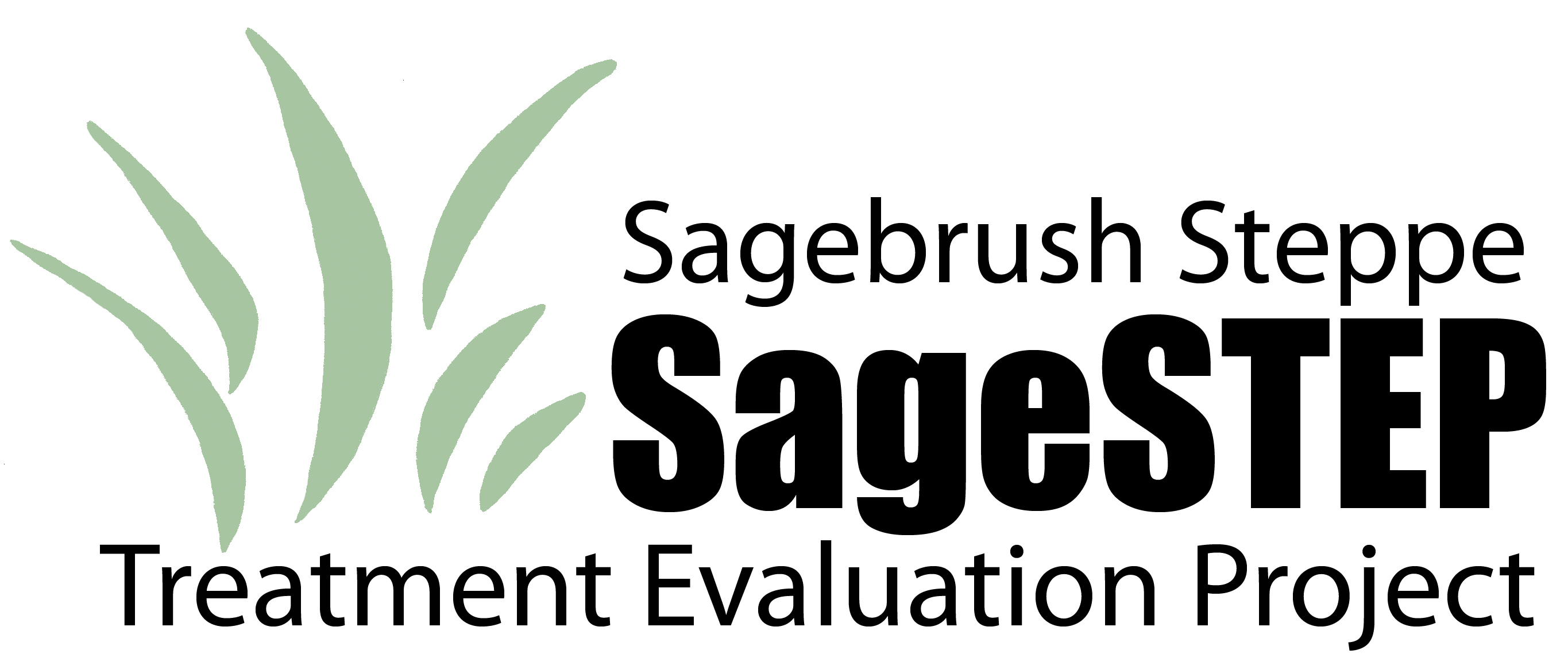Document Type
Article
Journal/Book Title/Conference
Ecohydrology
Volume
12
Issue
4
Publisher
John Wiley & Sons Ltd.
Publication Date
2-28-2019
First Page
1
Last Page
28
Creative Commons License

This work has been identified with a Creative Commons Public Domain Mark 1.0.
Abstract
Encroachment of sagebrush (Artemisia spp.) shrublands by pinyon (Pinus spp.) and juniper (Juniperus spp.) conifers (woodland encroachment) induces a shift from biotic‐controlled resource retention to abiotic‐driven loss of soil resources. This shift is driven by a coarsening of the vegetation structure with increasing dominance of site resources by trees. Competition between the encroaching trees and understory vegetation for limited soil and water resources facilitates extensive bare intercanopy area between trees and concomitant increases in run‐off and erosion that, over time, propagate persistence of the shrubland‐to‐woodland conversion. We evaluated whether tree removal by burning can decrease late‐succession woodland ecohydrologic resilience by increasing vegetation and ground cover over a 9‐year period after fire and whether the soil erosion feedback on late‐succession woodlands is reversible by burning. To address these questions, we employed a suite of vegetation and soil measurements and rainfall simulation and concentrated overland flow experiments across multiple plot scales on unburned and burned areas at two sagebrush sites in the later stages of woodland succession. Prior to burning, tree cover was approximately 28% at the sites, and more than 70% of the area at the sites was intercanopy with depauperate understory vegetation and extensive bare ground (52–60% bare soil and rock). Burning initially increased bare ground across fine (<1 m2) to patch (tens of metres) scales, resulting in enhanced sediment availability at the fine scale, sustained high run‐off and erosion within degraded intercanopies, amplified run‐off and erosion from tree canopy areas, and amplified sediment delivery across fine to patch scales. However, fire‐induced increases in grass cover over nine growing seasons improved infiltration, limited run‐off and sediment delivery from the fine scale, and reduced intercanopy run‐off and erosion at the patch scale. These changes reflect a switch in vegetation structure, triggered by burning and subsequent vegetation re‐establishment, and a shift to biotic control on run‐off and erosion across spatial scales. The responses and persistence over the 9‐year period postfire at the two sites demonstrate that fire can decrease woodland ecohydrologic resilience by altering plant community physiognomy and thereby can reverse the soil erosion feedback on sagebrush shrublands in the later stages of woodland encroachment.
Recommended Citation
Williams, C.J., Pierson, F.B., Nouwakpo, S.K., Kormos, P.R., Al-Hamdan, O.Z., and Weltz, M.A. 2019. Long-term evidence for fire as an ecohydrologic threshold-reversal mechanism on woodland-encroached sagebrush shrublands. Ecohydrology 12:e2086. doi: 10.1002/eco.2086.



